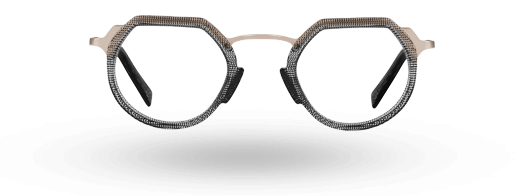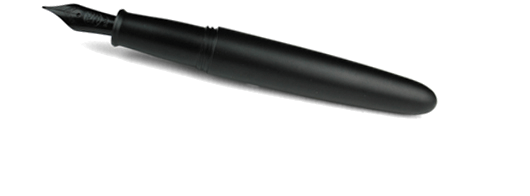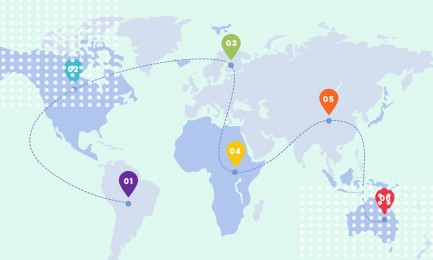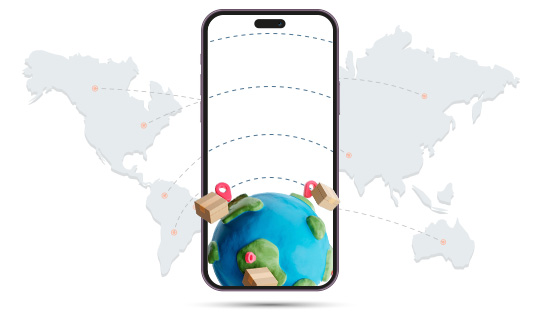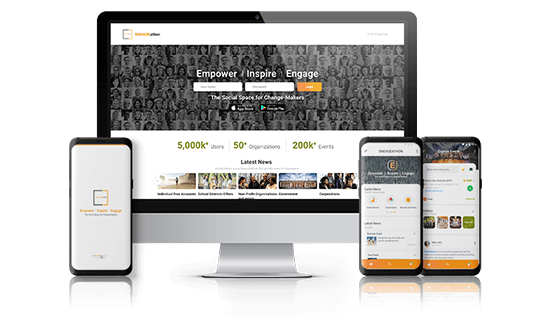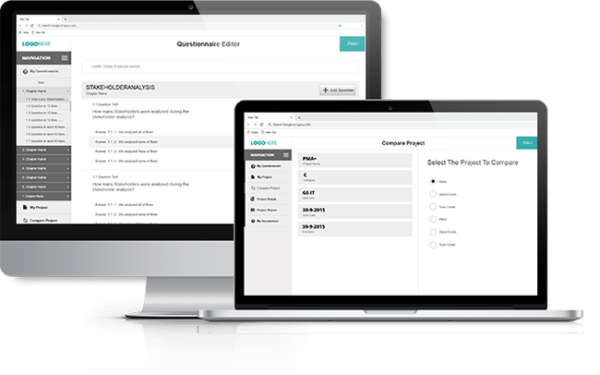Software development is a constantly evolving field where adaptation and innovation are paramount for success. In this dynamic environment, two methodologies have emerged as a powerful combination to achieve rapid development, superior product quality, and high user satisfaction: Agile Development and Rapid Prototyping. In this blog, we will explore how these two methodologies, when used in conjunction, create a winning formula for software product development.
Agile Development: A Customer-Centric Approach
Agile Development is a methodology that focuses on delivering customer value through iterative and incremental development. It encourages flexibility and collaboration among cross-functional teams. This methodology is rooted in several key principles, including customer collaboration, responsiveness to change, frequent delivery of working software, and emphasis on individuals and interactions. One of the primary strengths of Agile is its adaptability. It allows teams to pivot quickly when customer requirements change, and it fosters continuous feedback, ensuring that the product aligns with user expectations. Agile also promotes transparency and encourages frequent collaboration between team members and stakeholders. This iterative and customer-centric approach has become the backbone of many successful software development projects.
Rapid Prototyping: Visualization and Validation
Rapid Prototyping, on the other hand, is a methodology that focuses on creating simplified versions of a software product to visualize its functionality and design. These prototypes serve as tangible representations of the final product, allowing developers and stakeholders to visualize the end result early in the development process. The benefits of Rapid Prototyping are multifaceted. It speeds up the validation of concepts, enhances communication with stakeholders, mitigates development risks, and enables the early identification and resolution of design flaws. Through the creation of prototypes, software teams can iterate on product features and design elements, ensuring that the final product will meet user needs and expectations.
The Synergy Between Agile Development and Rapid Prototyping
The combination of Agile Development and Rapid Prototyping creates a synergy that is greater than the sum of its parts. Both methodologies share common principles, such as iterative development, a customer-centric approach, and risk mitigation.
Iterative Development: Agile divides a project into smaller iterations, resulting in potentially shippable product increments. Rapid Prototyping creates prototypes in iterations. This shared iterative approach promotes continuous feedback and alignment between the two methodologies. It ensures that product development remains flexible and adaptive.
Customer-Centric Approach: Agile places a strong emphasis on customer collaboration and regular feedback. Rapid Prototyping facilitates this by allowing users to interact with prototypes and provide insights early in the development process. Together, these methodologies ensure that the final product closely aligns with customer expectations.
Risk Mitigation: Rapid Prototyping excels at identifying design and usability issues early, reducing the risk of developing a product that doesn’t meet user needs. Agile’s adaptability allows for efficient risk management, making it easier to adjust to changes and mitigate project risks effectively.
Best Practices for Implementing Agile and Rapid Prototyping
To make the most of this winning combination, software development teams can follow some best practices:
Cross-Functional Teams: Both methodologies benefit from cross-functional teams with diverse skill sets. This diversity ensures a holistic approach to product development, from design and development to testing and stakeholder engagement.
Embrace Change: Agile Development is founded on the principle of embracing change. Rapid Prototyping helps identify the need for changes early in the process, making it easier to adapt and pivot when required.
Continuous Testing and Feedback: Integrating user testing and feedback into each iteration ensures that the product aligns with user expectations. Rapid Prototyping plays a crucial role in facilitating this process by providing a tangible model for testing and evaluation.
The combination of Agile Development and Rapid Prototyping is a formidable strategy for software product development. These methodologies, with their customer-centric and iterative approaches, foster innovation, reduce risks, and deliver products that better align with user expectations. This winning combination not only ensures the competitiveness of software products in a rapidly evolving market but also enhances their user satisfaction. Embracing Agile and Rapid Prototyping can be the key to creating software products that resonate with users and drive success in the dynamic world of software development. Connect with https://www.zinemind.com/ to learn more about Agile Development and Rapid Prototyping.

